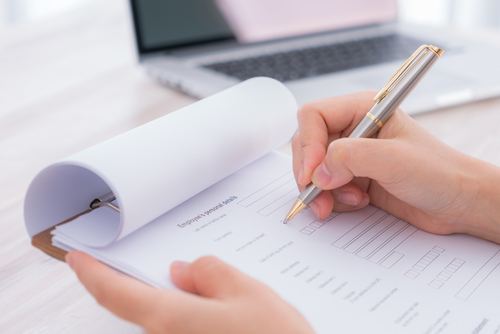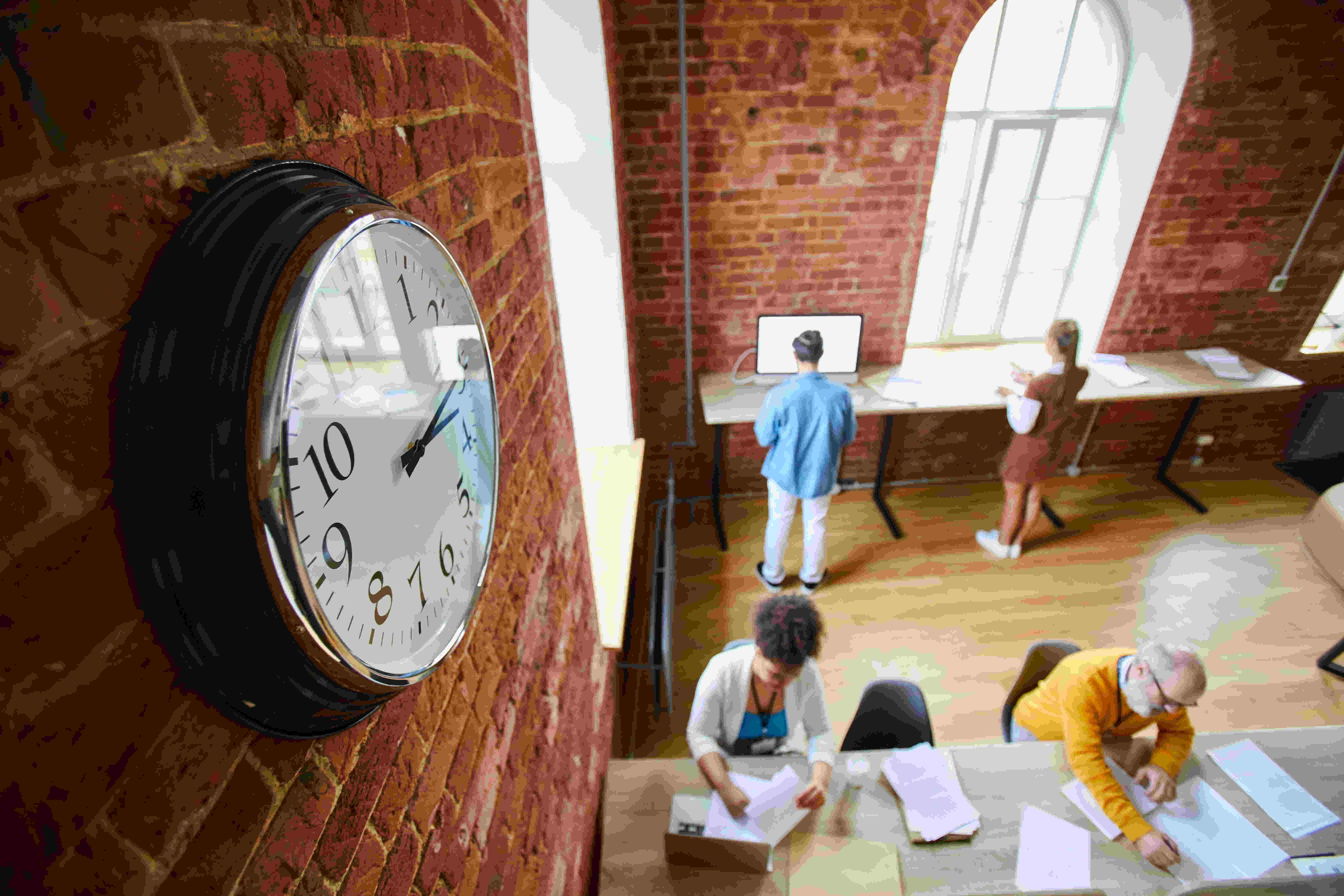
Focus Group Discussion : How to Run a Focus Group Discussion ?
Admin
18 October 2024
When choosing a method for market research, most people would use the most simple one, that is a questionnaire. But, Focus Group Discussion can be another choice of method for those who want to get comprehensive and valuable data from the respondents. If it is your first time conducting an FGD, this is how to run a focus group discussion for your business.
What is a Focus Group in Research?
Before going to the main guide, do you know what an FGD is? Focus Group Discussion is one of the collection data methods where you gather a small group of people (typically 8 to 12 people) from similar backgrounds to discuss a certain topic. There is a moderator who leads the flow of discussion so you can gain the information that you need.
What is the Aim of a Focus Group?
As one of the collection data methods, the main purpose of Focus Group Discussion is to obtain in-depth data to enhance your product or service or create a suitable business strategy for the customer group.
What is the Advantage of Focus Group Discussion?
So, why do people choose Focus Group Discussion for their research method?
The Dynamic
The most static research method is the questionnaire. It is easy to conduct as you only need to create a questionnaire, then spreading it to the targeted audiences. But, if you want a more original opinion, using FGD can be a great tool as you can gather ideas from many people and raise another interesting discussion to make your data more complete.
Unexpected Insights
Sometimes, what people say is not what they truly mean. In Focus Group Discussion, you can gather data from the verbal discussion as well as gestures and other activities.
Disadvantages of Focus Group Discussion
Then again, there is no perfect method. Focus Group Discussion also has its downsides.
Experienced Moderator
Conducting a Focus Group Discussion, a moderator should become the one to lead the discussion. The quality of the discussion would depend on the moderator. It is important to choose an experienced moderator that can control the participants to follow the timeline.
Biased Data
Collecting data from Focus Group Discussion, opinions from different participants might influence each other. As a result, it is hard to gather objective data and what they say may be far from what they think.
Not Suitable for Sensitive Topic
In Focus Group Discussion, respondents may be reluctant to answer a question with sensitive or controversial topics.
What are the Types of Focus Group Discussion ?
Single Focus Group
It is the most classical Focus Group Discussion where there is a single group of participants and a moderator.
Two-Way Focus Group
In this type of Focus Group Discussion, there will be two groups of participants. The first group and the moderator discuss the topic when the second group observes the discussion. Hearing how the other group interacts, it may give a different perspective and conclusion.
Dual Moderator Focus Group
In this discussion, there would be two moderators that lead a group of participants. With more moderators, the discussion can go smoothly and all topics and questions can be covered.
Duelling Moderator Focus Group
If you want to use this Focus Group Discussion type, you need to choose 2 moderators which take opposing sides on a topic. It is said how these approaches can help gain more in-depth information.
Respondent Moderator Focus Group
Rather than use a moderator, this type of discussion asks one of the participants to become the temporary moderator to lead the discussion. By doing this, the flow of conversation can be more natural and can provoke varied responses.
Mini Focus Group
While most Focus Group Discussion requires at least 8 participants, your topic of discussion may need a high level of expertise from individuals where there is only a small potential pool of participants. In this case, you can conduct a mini focus group with only 2-5 participants.
Online Focus Group
As the internet and technology have developed so much, now you can easily conduct your online discussion via Zoom, Google Meet, and other applications. It is easier, cheaper, and you only need an internet connection.
How to Run a Focus Group Discussion?
Define your Goals
How to run a Focus Group Discussion? First of all, don’t act rashly. Most people conduct a Focus Group Discussion without knowing what data that they need from the discussion. Setting clear goals at the beginning can help you successfully carry out the discussion with the result that you want.
Identify Your Ideal Respondents
Who are the participants for your Focus Group Discussion? Identify your ideal respondents based on their interaction with your brands, age, gender, religion, income level, etc.
Recruit the Participants
When recruiting participants, you can round up the number of participants by 10-20% in case some people don’t come on The Day. If you need 10 participants, you can search for 12-13 participants.
Select the Venue
In general, you can first choose between online or offline venues. The online venue is relatively cheaper as you only need to download online streaming platforms to conduct the discussion. Furthermore, the participants can also join the discussion from anywhere so it may increase the rate of attendance. On the other hand, offline value offers additional information as you can also observe the participants’ gestures and tone of voice when they speak.
Choose the Moderator
A good moderator can help you gather valuable data from the participants. Ideally, you need a main moderator to facilitate the discussion and the assistant moderator to film the session and provide technical support.
Develop the FGD Guide
There is no exact formula when structuring a discussion guide. If it is the first time for you to conduct a Focus Group Discussion, you can use these guides as a reference.
- Introduction
Before starting the discussion, you can tell the participants about the rule of discussion, how long it will take, how to state their opinions, etc.- Participant-Focused
In a discussion, it would be better if there is trust between the moderator and the participants or the feel of familiarity between each participant. You can try to ask simple questions so they can get to know each other.- Participant-Experience and Opinion-Focused
These types of questions can be used to gain the information that you need. Whether to ask the participants’ opinion about certain topics or their experiences concerning the issues.- Conclusion
At the end of the discussion, you can summarize the discussion and highlight the key talking points.Conduct the FGD
Now, you have known how to run a Focus Group Discussion. If you ever need any help in running it, Deka Insight would be happy to help you.




1.png)

